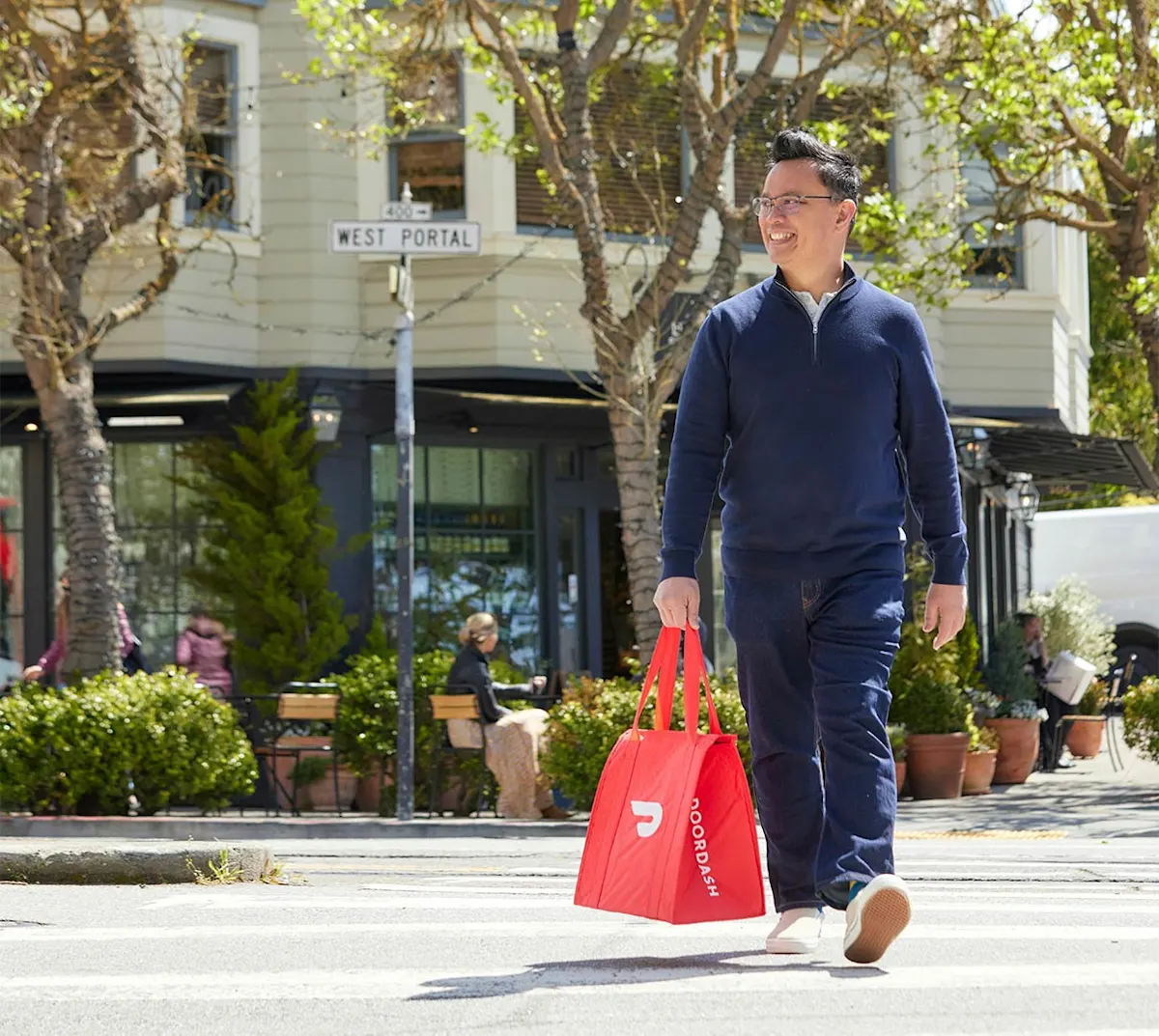We’re rolling out more frequent identity re-verification and new machine learning technology to better ensure Dashers are who they say they are.
We will now require more than 150,000 Dashers to re-verify their identity each week.
Our identity safeguards are combating account sharing, with monthly deactivations of inauthentic accounts doubling since last year.
DoorDash has strong safeguards to help ensure Dashers are who they say, to keep bad actors off our platform, and to prevent deactivated Dashers from coming back. Before anyone can dash, they must verify their identity with a government ID and complete a background check. To prevent unauthorized access to our platform, Dashers also must re-verify their identity through regular real-time selfies.

While no system is perfect, our safeguards are effective and produce meaningful results. Every week, our screening process prevents over 15,000 prospective Dashers who fail to meet our criteria from joining the platform. Monthly deactivations of inauthentic accounts have more than doubled compared to last year, with 2024’s deactivations surpassing all of 2023 by July. And each week, we prevent an average of 4,600 attempts by deactivated Dashers who previously violated our verification policies from regaining access.
Today we’re sharing how we’ve stepped up efforts to prevent account sharing and unauthorized access to our platform by:
Requiring select Dashers to re-verify their identity in between deliveries;
Deploying machine learning technology to better detect signals of potential inauthentic activity; and
Increasing the number of real-time identity checks completed each week.
“Trust starts with knowing who is using DoorDash,” said Brad Rosenthal, Director of Dasher Integrity at DoorDash. “People rightly expect us to know who’s at their doorstep or entering their business when they order with us. That’s why we’re further stepping up our efforts to make sure Dashers are who they say they are and crack down on anyone trying to break our rules.”
“To me, as a Dasher, this is really about fairness, and making sure everyone is following the same rules,” said Jose Lopez, a Dasher from Los Angeles. “It’s unfair when someone breaks the rules to complete deliveries that could have gone to a Dasher who followed them. The few seconds it takes to snap a selfie is totally worth it.”
Identity verification during a dash
To further strengthen our identity verification process, we’ve begun requiring select Dashers to occasionally complete a real-time identity check during a dash immediately after they complete a delivery. Previously, Dashers re-verify their identity before or after they start dashing. This new requirement will make our safeguards less predictable and even harder to evade. We have started to roll this feature out in the following cities: San Francisco, Orlando, Seattle, Los Angeles, Yakima, Denver, Boulder, Sacramento, Atlantic City, and Fort Myers. We plan to roll it out more widely through the end of the year and into 2025.
Deploying smarter technology to detect inauthenticity
Leveraging years of experience and evidence, we’ve developed an advanced machine learning model to better detect potential signals of inauthenticity. Our machine learning technology will quickly and accurately assess signals that indicate potential unauthorized account access, such as login anomalies, suspicious activity patterns, and inconsistent or repeated account details. If we detect a signal, we will require a Dasher to re-verify their identity before they can continue dashing. If a Dasher fails to verify their identity, a human agent will review the decision and take appropriate action if necessary.
Expanding identity re-verification
We’ve significantly expanded our real-time identity checks, now requiring more Dashers to re-verify their identity each month. Now, over 150,000 Dashers complete selfie checks every week. If someone can’t or won’t re-verify their identity, they will not be allowed to continue dashing. The past year’s tangible results demonstrate that identity verification is a proven and effective tool to combat unauthorized account sharing.
Importantly, we will continue to find ways to further strengthen our identity verification and safety screening process in the future.



